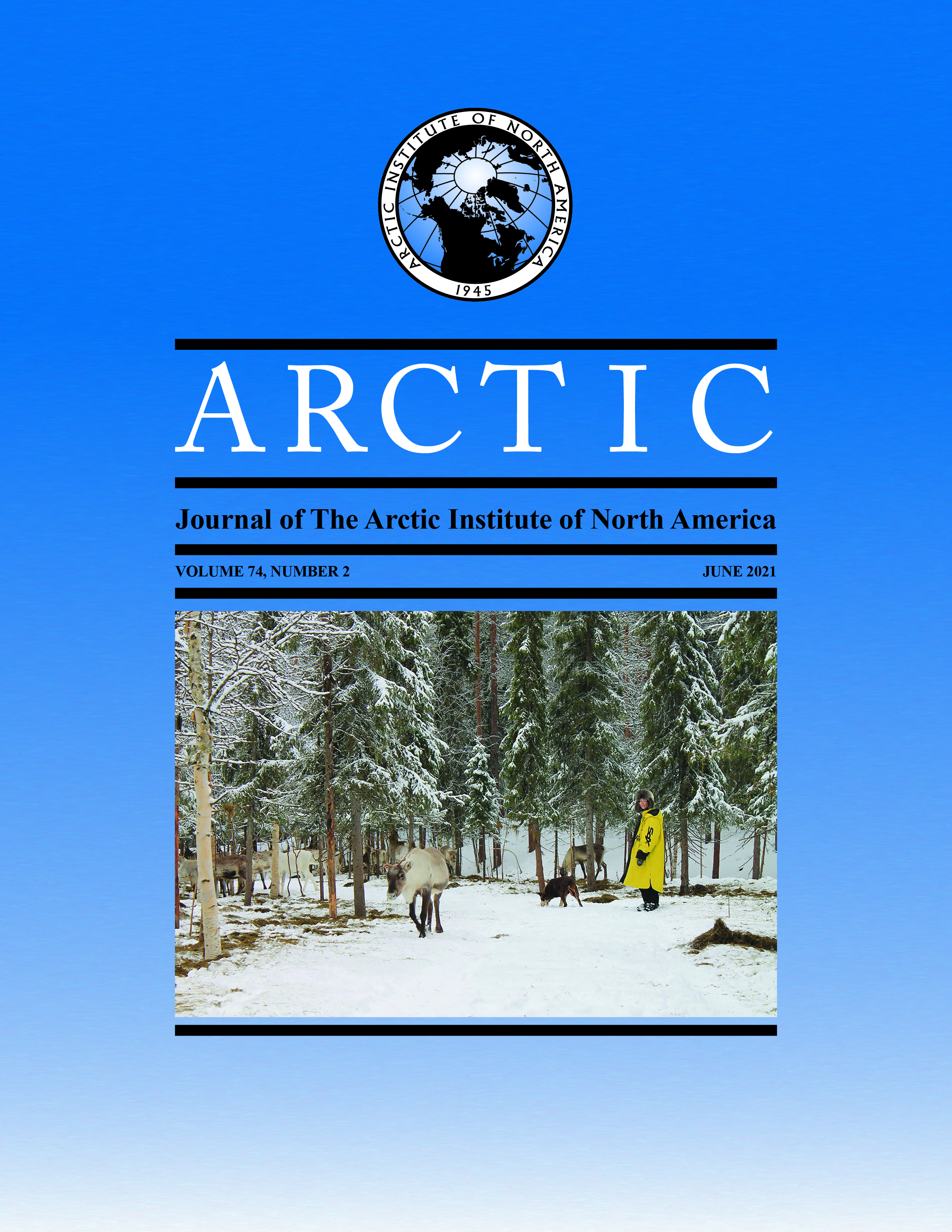How Reindeer Herders Cope with Harsh Winter Conditions in Northern Finland: Insights from an Interview Study
DOI:
https://doi.org/10.14430/arctic72667Ключевые слова:
reindeer herding; winter climate; coping strategy; adaptation; interviewАннотация
Reindeer herding involves hard physical work carried out in a cold climate under variable weather conditions. In the fall and winter, herders’ work in northern Finland includes collecting and moving reindeer herds to round-up sites, working in round-ups, slaughtering and processing meat as well as daily feeding and monitoring of the animals in the field. To study the experiences and perceptions of coping with cold among physically active herders in harsh winter conditions, we interviewed 22 herders from six herding districts of the central reindeer management area within the north boreal coniferous forest zone. We focused on behavioral and cultural strategies that accompany the physiological cold adaptations. Semi-structured interviews revealed that the main behavioral and cultural strategies used by herders to successfully carry out their duties while avoiding cold-related injury include clothing, physical activity, nutrition, and shelter as well as protecting vehicles and devices. Herders across sex, age, and herding district reported using modern layered clothing developed for extreme conditions, often combined with traditional footwear and clothes made of reindeer fur or woollen fabric. In addition, herders increase their physical activity; eat warm, energy-rich foods; make fires; stay overnight or take breaks in a house or a cabin, a car, or other protected places to reduce exposure to the harsh environment. Coping with extreme conditions not only requires flexibility, preparedness, and innovation from the herders but also thoughtful caution when approaching and managing unexpected situations. We conclude that modernization of reindeer husbandry, climate change, and rapidly increasing land use competition not only drive herders to modify their behavioral and cultural coping mechanisms for extreme weather conditions but may also create new, unexpected vulnerabilities.
Скачивания
Загрузки
Опубликован
Выпуск
Раздел
Лицензия
Copyright (c) 2021 ARCTIC

Это произведение доступно по лицензии Creative Commons «Attribution» («Атрибуция») 4.0 Всемирная.


